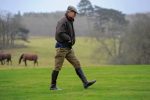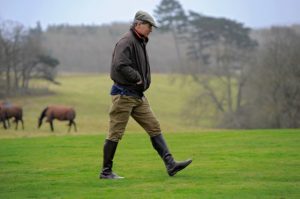Proud Welshman David Brace of Dunraven Stud is a valuable ally to Britain’s jump racing and breeding communities.
A former miner who embraced horse riding as an antidote to the claustrophobia of the pit, he became a successful businessman whose wealth enabled him to own and train point-to-pointers, and a handful of horses under rules with a permit.
He sponsors races at Chepstow and Ffos Las – in the name of Dunraven Group, his windows and conservatories company – and after establishing a small broodmare band took another plunge into the breeding process when buying several prominent sires from the goliath that is Ireland’s Coolmore Stud.
Sadler’s Wells’s sons Dr Massini and Brian Boru stand alongside Bach (Caerleon) at his home in Wales, providing walk-in options and competitive fees that can be only a plus for UK-based mare owners.
These are difficult times for British jumps breeders and Dunraven Stud has to counter the notion that commercially astute Coolmore would not sell a sire without good reason, and also that Bridgend is a distant outpost and difficult to access (although the M4 is but a few minutes from the stud).
Brace, who owns a property in County Waterford near Coolmore’s Beeches Stud, says: “We always enjoyed buying stores, breaking them in and bringing them on, and breeding was a progression from that, initially by simply owning broodmares and then by bringing in stallions once we had established the farm and buildings.
“I love pointing and chasing, so jumping is our game. I became friendly with [Beeches] stud manager Bobby McCarthy and through him bought the three sires.
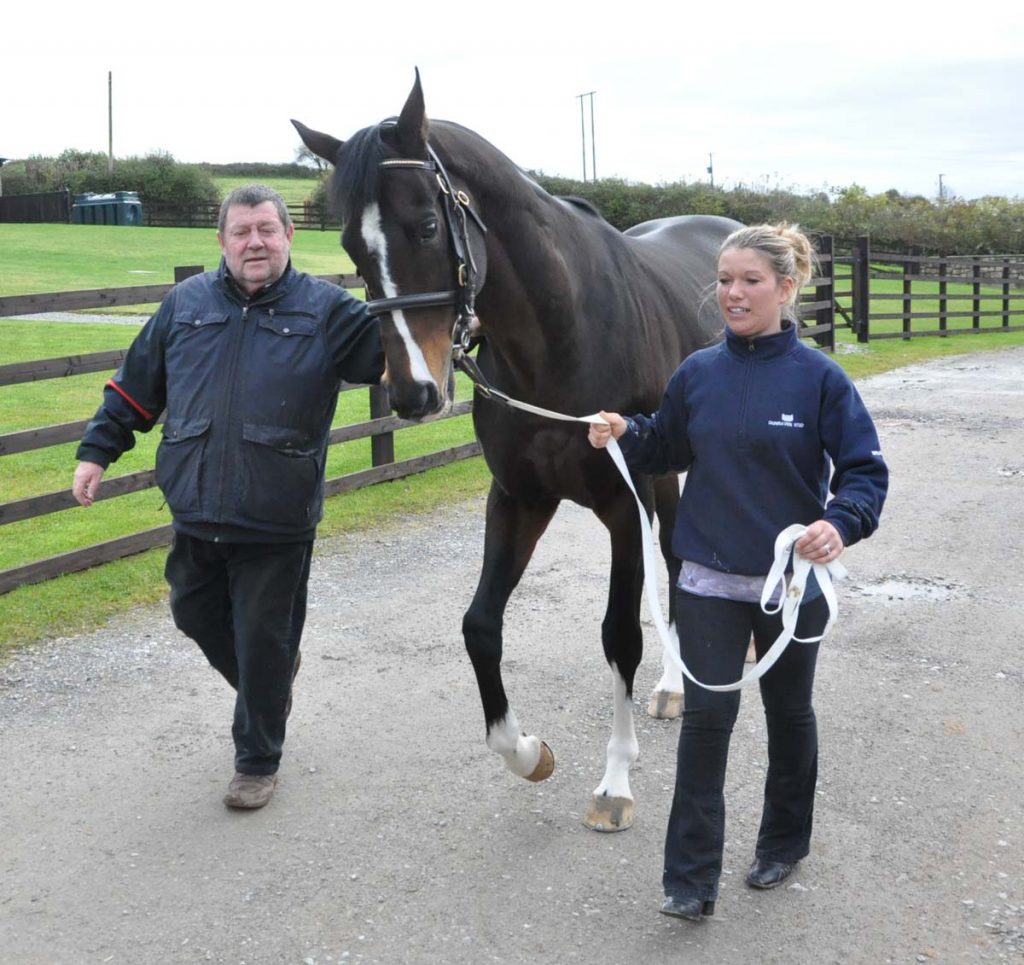
David Brace and Jess Fortt with new arrival Brian Boru
“Owners of jumping mares travel long distances for the elite handful of stallions at the top of the tree, but are less inclined to do so for sires who are just below that or who have yet to become fully established.
“While Brian Boru had covered big books there were plenty of fillies by him in the surrounding counties, and Beeches Stud is invariably bringing in a new sire, so I was lucky enough to be in the right place when they were willing to let him go. Their arm takes a bit of twisting, but I’ve known them a long time.
“It’s not a shared arrangement – I’ve bought them all outright. Dr Massini is about to start his fourth season here, Bach has been here two years and Brian Boru arrived in the autumn and has settled in.
“I know Ireland has a lot of wonderful jumping mares and its best stallions attract mares from Britain, but we’ve got some very good sires here now. In my mind British [jumps] breeding is on the way up.”
The number of mares visiting Dr Massini has not set any records, but Brace has been pleased with the geographical spread. “They’ve come from as far afield as Scotland and Norfolk, and we’ve had some from Ireland, too,” he says. “He’s not expensive, which has helped.”
Of Bach, Brace admits: “We are happy to keep him because he’s a lovely horse and very easy to handle, but he’s not been popular enough in South Wales. I believe he could do better in a county like Shropshire, which has a number of studs, and with Brian Boru arriving we would sell or lease him to the right home.”
He adds: “We hear the comment that South Wales is a long way to travel, but when people realise we are only 40 minutes from the Severn Bridge and two minutes from a junction of the M4 they have to accept it’s not so far away.
“It’s not the outback, and it’s not even mid-Wales. Lorries travel from Ireland to Newmarket past our front door every day, so it’s very easy to use our sires.”
Brace says his stallions pay their way and points to a saving he makes on travelling his small band of broodmares to Coolmore by bringing their stallions to his mares. Nor does he worry that Dr Massini and Brian Boru are paternal half-brothers of similar size and appearance, saying: “One is a proven sire who is flying this season and the other is a Classic winner – the first to stand in Wales – who is rising 13 and whose young jumpers include some very exciting prospects.”
The pick to date is the Lucinda Russell-trained six-year-old Bold Sir Brian, who hails from Brian Boru’s first crop. He had won two intermediate chases, the second a Listed event at Sandown, by early December.
In the blood at Llety
Travel to Carmarthenshire and you find another Welsh farm bringing new names to Britain’s breeding industry.
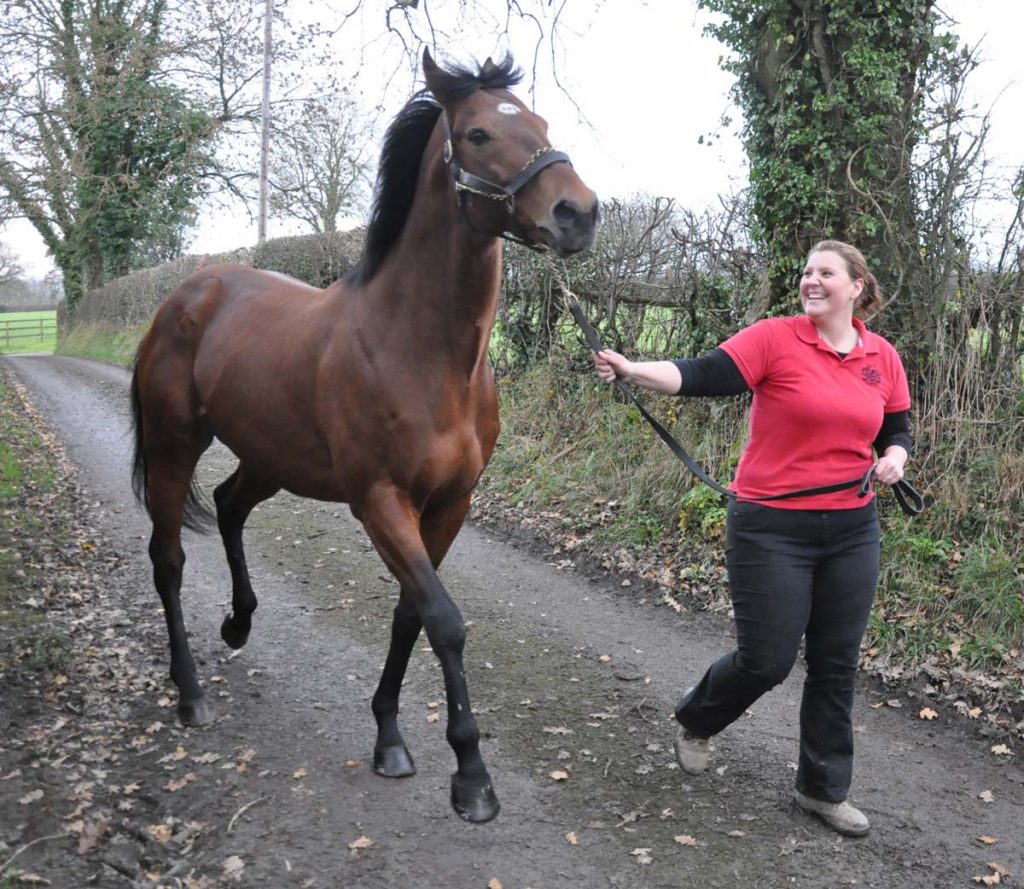
Stimulation with stud groom Kirsty Tume
Llety Stud differs from Dunraven Stud in several ways, not least because it is entirely focused on Flat racing – its three sires, Debussy (Diesis), Sayif (Kheleyf) and Stimulation (Choisir), are of no short-term interest to the many licensed jumping and point-to-point owners and trainers dotted around this bucolic corner of Britain, and none of the trio has had a runner, let alone a winner. Stimulation’s first foals were born in 2012, while the other two are new to the breeding sheds.
While Dunraven has been created by a successful businessman, Llety’s driving force, David Hodge, was born to his role. He and brother Charles – a sports car engine designer who travels the world but gets involved in the stud during motor racing’s close season – grew up at the farm and represented Wales in working hunter pony competitions.
Their father, Will, followed his father Ben into farming and trading horses and ponies, and took the name Llety to a wider audience, principally when standing Bold Owl and Merdon Melody in the 1980s.
David had been making a mark at the stud before being left in charge when his father passed away last year – shortly after the farm’s popular sire Auction House had suffered a fatal injury on rising from general anaesthetic – but he has since been nothing if not pro-active.
Stimulation, whom the stud owns outright, has some handsome initial foals, while Debussy – the first Group 1 winner to reside at the farm – and Sayif have been leased from their owners.
Hodge is happy with the deals that have brought the new boys to Llety and, in Sayif’s case, his owners’ broodmare band has been enhanced with some good mares from the recent December Sale, bought specifically to support him.
Hodge says: “We couldn’t have bought Sayif on our own but we were talking to Tony Nerses [racing and bloodstock advisor to the horse’s owners, Saleh Al Homaizi and Imad Al Sagar] from the December Sale [2011] and now feel we have a partnership with the horse’s owners. We have lifetime breeding rights on the horse.
“Debussy is owned by Hong Kong interests who wanted to stand a stallion in Europe – they are looking at mare options.”
It cannot be said Llety Stud is close to Newmarket’s many broodmare bands, yet Hodge believes product and service are more important than location – and he is emphatically not in the pro-artificial insemination camp, even though his solitary farm might benefit more than a cluster of stallion stations.
He says: “Horses are shipped all around the world and walking-in has become more popular. We walk mares up to Newmarket, and people walk mares in to us here – breeders simply have to embrace the veterinary technology.
“I believe the TBA has a role to play in giving guidance to British breeders, and often their vets, about timing and how to prepare a mare to walk in.
“I like boarding visiting mares because it’s good income, but it doesn’t increase the fertility. Mares and their foals don’t mind hopping in the lorry to walk in and it is cheaper than sending them off to board.
“If you send a mare away six weeks before she is due to foal and she settles in with other mares that’s fine, but if she has a foal at home it is better to walk her in for her next cover, reducing the risk that her newly-born foal picks up bugs from other foals at the stud it is visiting – no matter how good the hygiene management, that is a risk.”
A stroll around Llety is to gain an impression that Hodge will work until his trousers wear out to establish the farm as a modern breeding station, and money is being invested in paddocks, stables, yards and office accommodation.
Hodge says: “We seem to be rearing at least one stakes winner each season – Dijarvo and Fratellino both won Listed races in 2012 – but I still want better mare genetics.
“I’ve noticed over the last two and a bit years there is more demand for mares. When it was announced we were standing Stimulation the phone was busy with people saying, ‘Do you want to buy my mare?’ But that has changed at every level. Even at Ascot there are people mopping up mares to send abroad.
“If we give £20,000 for a mare, that would be a lot for us – many of our mares would be well bought – but with the owners of Sayif supporting us with some of their mares we could be producing some very interesting horses in the next few years.
“I’ve been very lucky to have inherited a farm, but it is still a hard industry and we know there is plenty to be done.”
Local boy returns home
Another new sire to Wales needs little introduction, although his arrival at Oakgrove Stud could not have been envisaged 12 months ago.
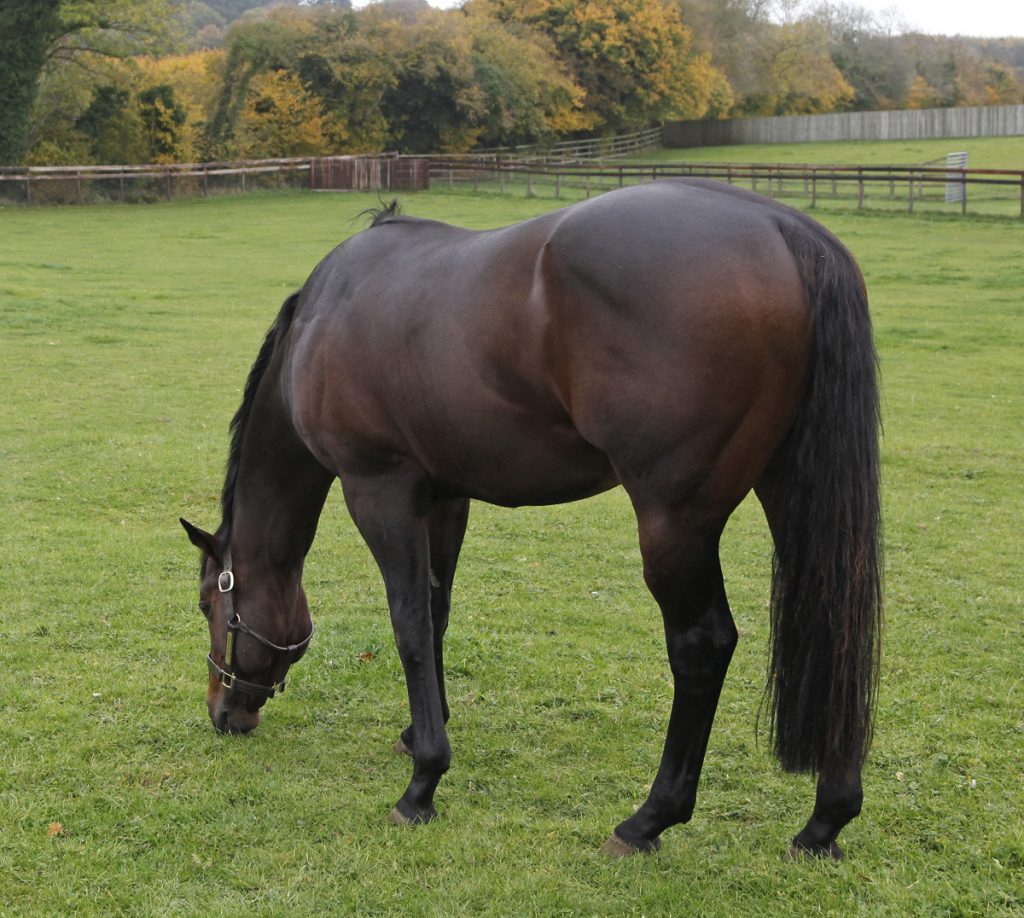
Avonbridge has returned to his birthplace
At that time Avonbridge was standing at Whitsbury Manor Stud, but in the modern era stallion rosters are subject to more transfers than Premier League football clubs. With new blood on its way to that Hampshire farm he had to make room, so owner/breeder John Deer elected to take him back to Oakgrove, adjacent to Chepstow racecourse.
Avonbridge’s finest hour came on French soil when winning Longchamp’s Group 1 Prix de l’Abbaye and Oakgrove Stud manager Tim Lane says: “We had a couple of offers from France, but the boss bred him – and his sire Averti and dam Alessia – and decided he wanted to see him and enjoy him. He’s like a lamb to handle, an absolute gentleman, so it’s a pleasure to have him on the farm.”
Lane does not expect a three-figure book for Avonbridge, but he had a reasonably good year on the track in 2012 – notably through Gimcrack Stakes winner Blaine – while the likes of Temple Meads, Iverbridge Lad and Lingfield turf track record-breaker Folly Bridge have shown their sire’s ability in recent years.
This is a case of the prodigal son returning, although Avonbridge might not recognise Oakgrove Stud as the nursery in which he was born. It has grown from 180 acres to more than 500 acres in recent years, while Deer’s recognition that you cannot stand a sire in a field has seen the development of a stallion unit.
Lane says: “We will do all we can to support the horse by sending him some of our own mares and we’re hoping a change of scene will generate interest. We’re close to the M4 and Severn Bridge so very accessible, and, while his fee will be £3,000 (October 1), if any mare owners want to talk we will be very welcoming.”


